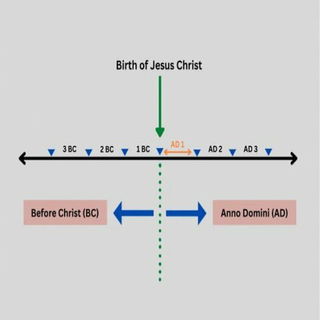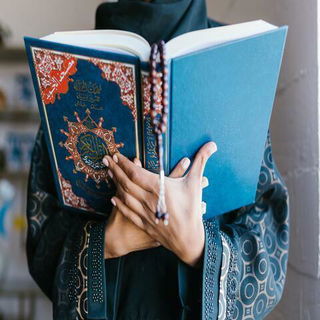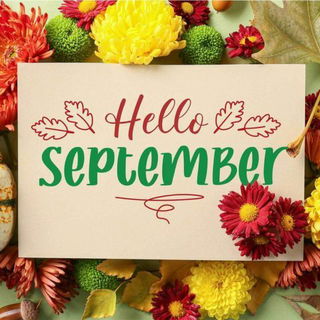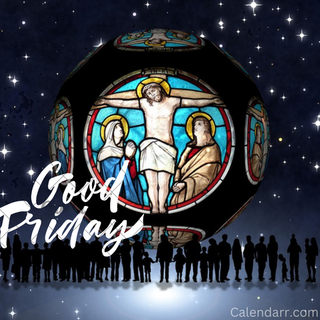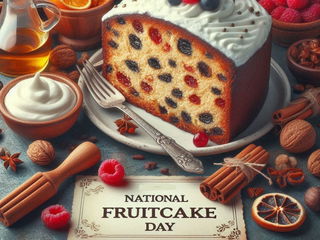- Calendar
- Calendar 2025
- December
- Kwanzaa
Kwanzaa
Kwanzaa lasts from December 26 until January 1, and it is a week that values and celebrates African customs and culture. Although it is not a public holiday, businesses and schools are usually closed on the first day, due to it being the day after Christmas.
Meaning of Kwanzaa
The name comes from a Swahili phrase “matunda ya Kwanza” which means “first fruits”. This is because Dr. Karenga, the creator of the holiday, wanted a holiday that connected people to their roots, and the ancient harvest celebrations found in many African cultures. For this reason Kwanzaa shares similarities with several aspects of these festivities.
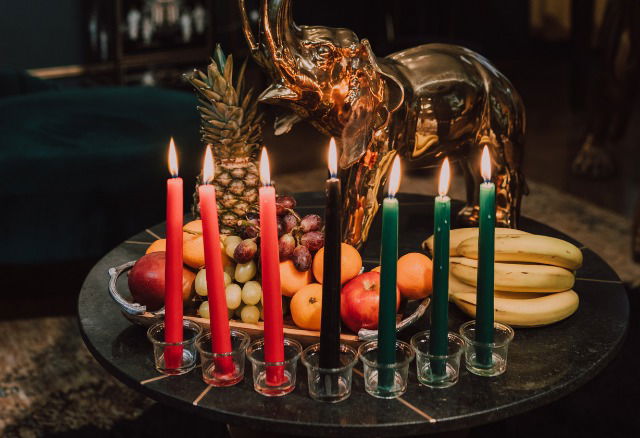
The Origins of Kwanzaa
The celebration of Kwanzaa was started by Dr. Maulana Karenga in 1966, while he was the professor and chairman of Black Studies at California State University.
He created Kwanzaa as an attempt to bring African-Americans closer together, by celebrating the best of their culture and remembering the traditional values of their ancestors. He was also aspiring to build community and solidarity in the face of the struggle and oppression of the 1960s.
When promoting the virtues of Kwanzaa, Dr. Karenga has also been outspoken in his desire to keep the celebration from becoming as commercial as Christmas.
Many people view this week as a celebration of life, and indeed some of the principal activities associated with Kwanzaa are about showing reverence for life and nature.
What is Kwanzaa
The celebration of Kwanzaa is divided into fundamental activities and principles. There are also symbols that are significant representations of aspects of the celebration.
The Five Fundamental Activities.
The five fundamental activities of Kwanzaa are highly influenced by the First Fruit Traditions of African cultures, they are:
- The Ingathering of People: the event draws people together, building the bonds of community.
- Special Reverence for the Creator and Creation: There is an emphasis here on reverence for the earth, the resources of nature, and people.
- Commemoration of the Past: Kwanzaa is a time to remember the people who have gone before, for their sacrifice, struggle, and legacy.
- Recommitment to our Highest Ideals: The event is an opportunity to strive for the best in humankind, such as love and justice.
- Celebration of the Good: Finally the good things in life are celebrated, such as community and friendship.
The Seven Principles of Kwanzaa
Kwanzaa is a very principled holiday, there are seven principles which are also used to refer to each day. The first day is known as Umoja, and the second as Kujichagulia, etc:
- Unity (Umoja in Swahili)
- Self-determination (Kujichagulia)
- Collective work and responsibility (Ujima)
- Cooperative economics (Ujamaa)
- Purpose (Nia)
- Creativity (Kuumba)
- Faith (Imani)
These values are often represented by the lighting of seven candles. The first candle to be lit is the black candle that stands at the center of the Kinara (Candleholder).
The Seven Symbols of Kwanzaa
Seven symbols represent Kwanzaa:
- Seven Candles - these represent the principles and the colors of the African liberation countries: three red, one black, and three green.
- Crops - representing roots and collective labor.
- Mat - represents the foundation of self-reflection.
- Kinara - the candle holder, a reminder of the origins of the 55 African countries.
- Corn - symbolizes children and hope.
- Gifts - the commitment of parents to their children.
- Unity cup - to pour a drink, or libation, to their ancestors.
How to Celebrate Kwanzaa
Every family has its way of celebrating Kwanzaa, however, most celebrations are lively and involve singing, dancing, storytelling, and large meals, with foods from different African countries.
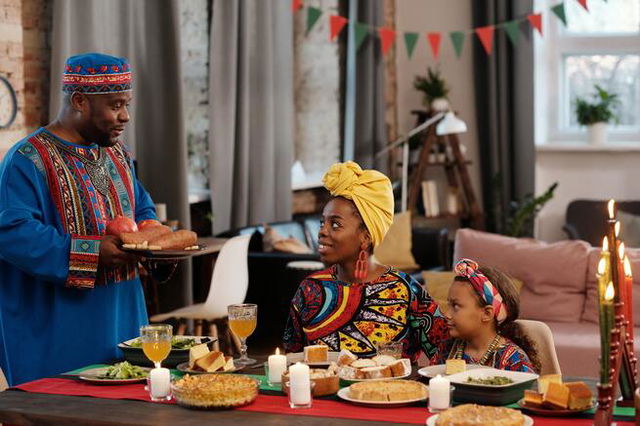
The Kinara
Traditionally, each family has its own Kinara, a candle holder, that has seven candles. Each candle represents one of the seven principles that Dr. Kaulana saw fit for the African-American community to celebrate this week, each principle representing the values of the African Culture. Every night during this week light one of the candles, and proceed to discuss the principle represented by the candle.
The Greetings
“Habari Gani?” or “What news?” is one of the greetings of Kwanzaa, used to greet others during Kwanzaa. The appropriate response to this question is for one to reply with the principle of that day, for example on day one to say "umoja" (unity).
Another general greeting that can be used is "Kwanzaa yenu iwe na heri" which translates directly as ' May y'all's Kwanzaa be with happiness'.
Gifts
An exchange of gifts also happens on this day, but there is an emphasis on modesty and an escape from the commercialism of Christmas. For this reason, Dr. Maulana Karenga has suggested in his texts and interviews that people buy their presents after Christmas day. He has also suggested that one present should always be a book - to represent the value of education, and another present should be a cultural heritage symbol.
The last day of Kwanzaa is December 31, and it culminates in the big feast of karamu, which is usually held at home or in churches. Traditional African dishes and dishes made with ingredients brought to America from African countries are usually served at this feast.
It is a colorful festivity, and so many families celebrate by wearing bright traditional African clothes, often incorporating the colors of Kwanzaa, which are black, red, and green.
Although a relatively recent holiday, Kwanzaa has quickly become popular with African-American communities, and it is estimated that around five million people celebrate it every year.
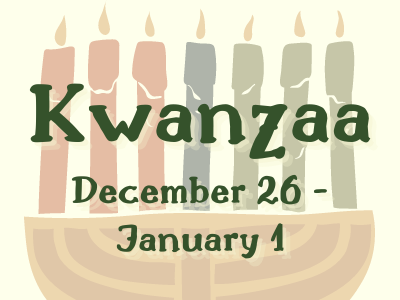
Other Celebrations
-
Dec 24 Wed

Kwanzaa - Next years
Saturday, 26 December 2026
Sunday, 26 December 2027
Tuesday, 26 December 2028
